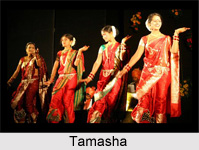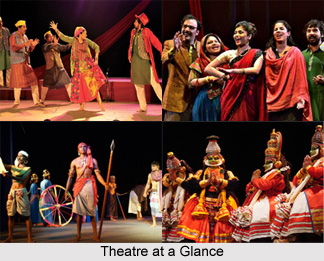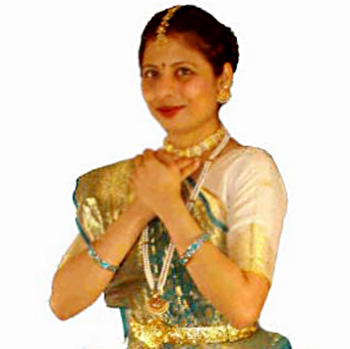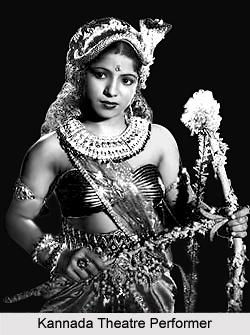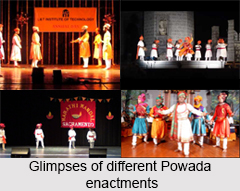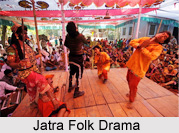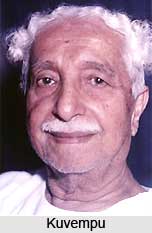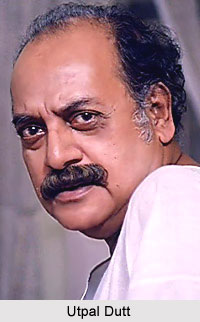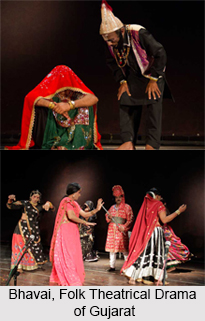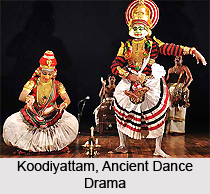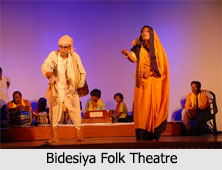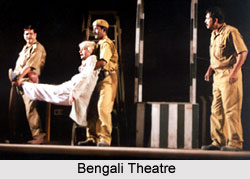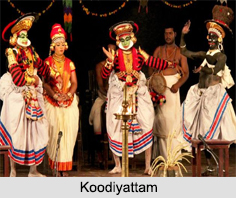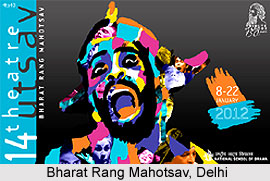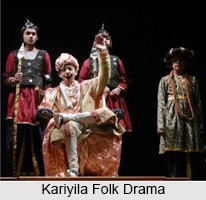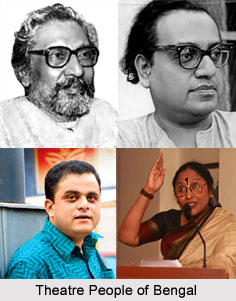Munaziro or jhero means the contention. This is a type of Sindhi folk form. Munaziro is described in verse, depicting disputation in dialogues between two parties who, for the sake of entertainment, compete with each other for superiority. The audience includes an arbiter. Enacted in places like courtyards, Munaziro has all the features of short drama featuring three characters.
The opponents become abstract ideas personified, such as Love and Reason, Youth and Age, or husband and wife, two birds or beasts of different species, or two characters from the romantic tales of Sindh. The drama unfolds with a prologue in praise of God, followed by mention of the two parties concerned and the circumstances that led to the argument between them.
The basic technique of Munaziro is very interesting and convincing dialogue. The composer must be a keen observer and natural critic. Through his treatment of the theme, he could depict the conflict`s trifling nature, the contenders` aggressive behaviour, or the arbiter`s impartial attitude. For example, one Munaziro by folk poet Chhato Sangi in eighteenth century describes a dispute between Kaunro and Chilama set against a village court. There other earthen vessels comprise an audience. Witnesses are produced, who depose against Chilama. Then, Chilama files an appeal in the court of a pitcher where the scene of a physical fight is created and averted by other vessels. At this point, a third character i.e. a bowl is introduced to act as arbiter, who explains that all vessels are important in their own ways. The differences among them are due to different shapes and names. Thus everyone goes away satisfied and the drama ends.
This article is a stub. You can enrich by adding more information to it. Send your Write Up to content@indianetzone.com

